Munakata, Fukutsu and Okagaki, in Fukuoka-prefecture
Munakata Region is located in the west part of Fukuoka-prefecture and
facing to Genkai Sea. The area are consist of Munakata, Fukutsu and Okagaki.
There are many beautiful seas and religious sites that have UNESCO World
Heritage status including the Sacred Island of Okinoshima and other
Associated Sites.
 |
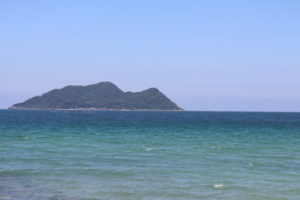 |
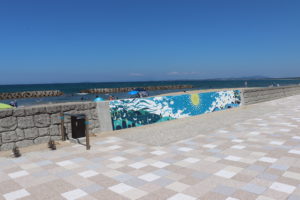 |
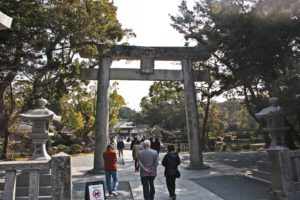 |
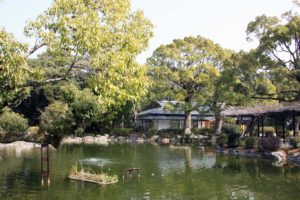 |
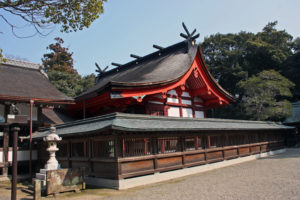 |
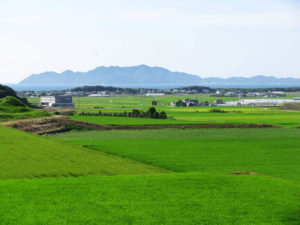 |
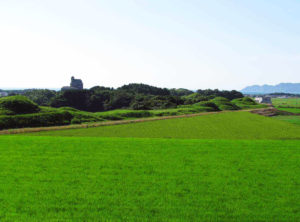 |
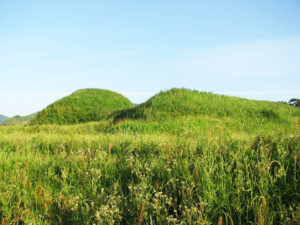 |
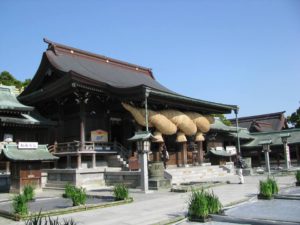 |
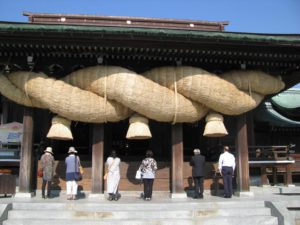 |
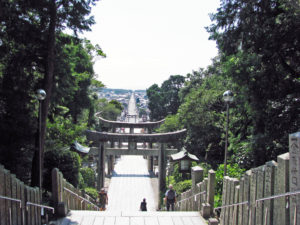 |
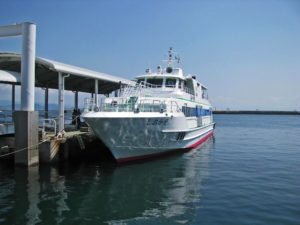 |
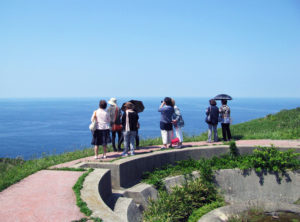 |
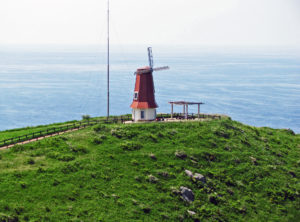 |
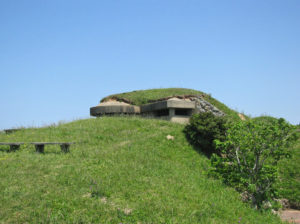 |
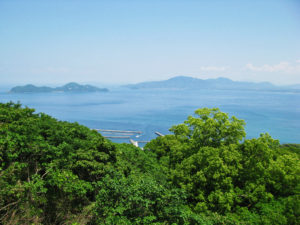 |
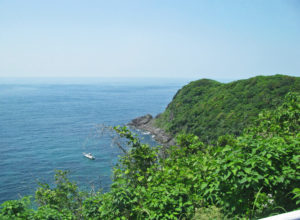 |
Yame, in Fukuoka-prefecture
The country of Green tea, Yame is a rural tranquil region of Japanese tea
cultivation and the traditional crafts manufacturing.
Yame grew in size after the merger with Kurogi town,Tachibana town,Yabe
village and Hoshino village in 2010. The recommendable experience is to
have Gyokuro tea which is the highest grade of Japanese tea cultivated in
Hoshino village.
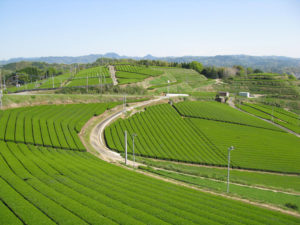 |
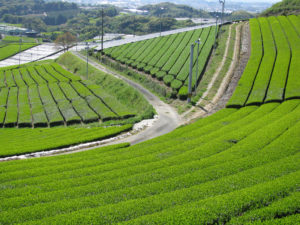 |
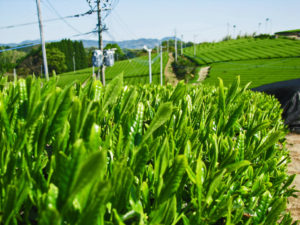 |
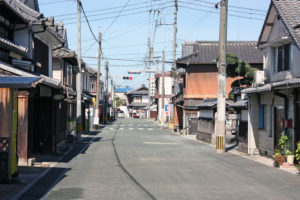 |
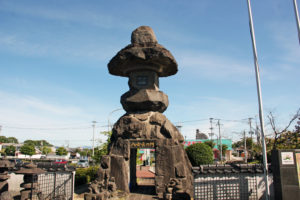 |
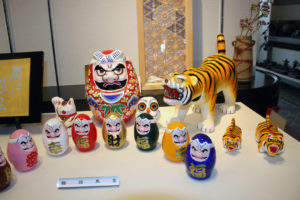 |
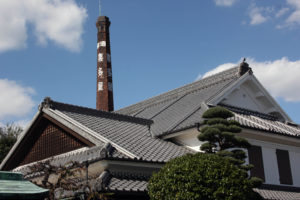 |
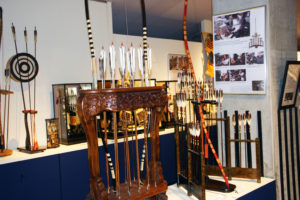 |
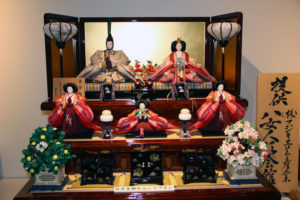 |
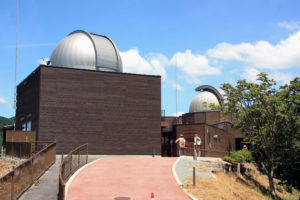 |
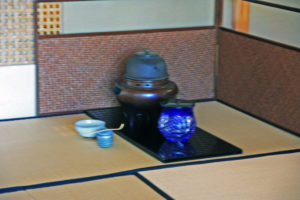 |
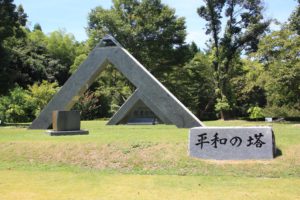 |
 |
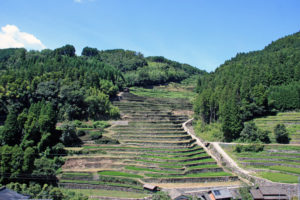 |
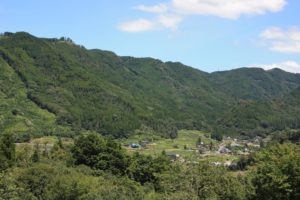 |
Population : 58,000 people, Population density : 120 people / km2
Kujukushima Islands, in Sasebo, Nagasaki-prefecture
Kujukushima Islands, located at the westernmost tip of the Japanese mainland in Kyushu,
are a picturesque scenic spot consisting of a complex ria coastline and 208 large and
small islands. There are only four inhabited islands: Kuroshima, Takashima, Maejima,
and Todomari Island, and almost the entire area was designated as the Saikai National
Park in 1955. There is Kujukushima Islands pleasure boat, departing from Kujukushima
Pearl Sea Resort.
 |
 |
 |
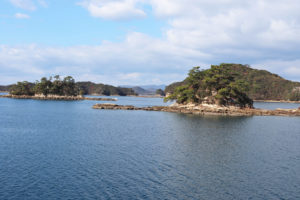 |
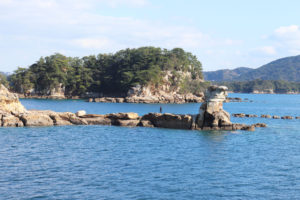 |
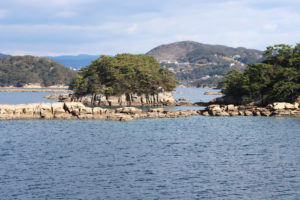 |
 |
 |
 |
 |
 |
 |
 |
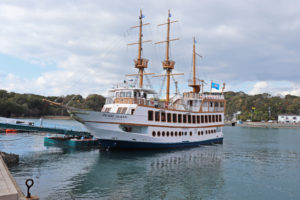 |
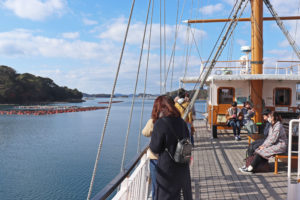 |
Omura, in Nagasaki-prefecture
Omura is the city located in the center of Nagasaki-prefecture and has Nagasaki Airport.
It is approximately 40 minutes to Nagasaki-city by a car.
Omura was the territory of the Omura clan. In 1549, when the missionary Francisco Xavier
introduced Christianity to Japan, the feudal lord Omura Sumitada allowed to spread Christianity,
and in 1563 Omura Sumitada himself became a Christian, becoming Japan’s first Christian
feudal lord.
And then, many people became Christians in Omura area.
However, in 1587, the year Omura Sumitada died, Toyotomi Hideyoshi issued ban on Christianity.
Since then, many Christians have been martyred here.
 |
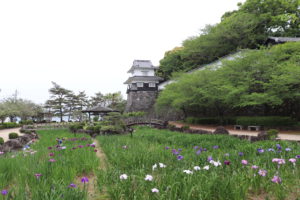 |
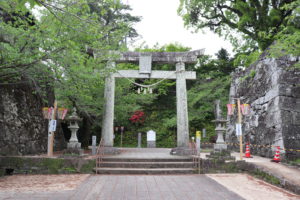 |
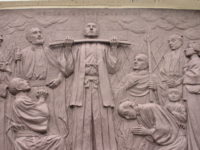 |
 |
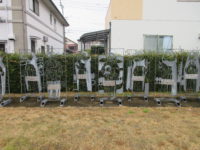 |
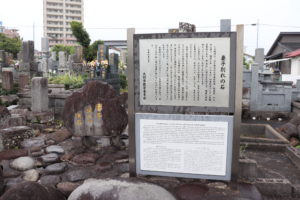 |
 |
 |
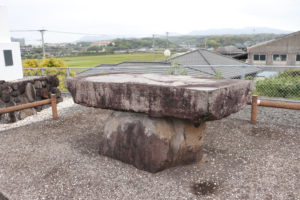 |
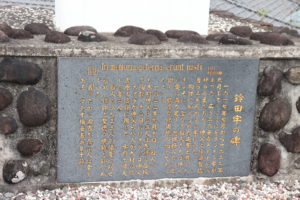 |
 |
Population : 97,000 people, Population density : 770 people / km2
Karatsu & Yobuko, in Saga-prefecture
Karatsu and Yobuko, located on the Higashi Matsuura Peninsula in the north-western part
of Saga-prefecture, have been prosperous from ancient times as an important point for
trade with Mainland China. Karatsu is a part of Genkai Quasi-National Park, and has many
scenic spots.
Yobuko is a town of Fishing industry, famous for Squid and Morning Market called
Asaichi. Yobuko is located northern tip of Saga-prefecture and is facing
to Genkai-nada Sea. A lot of places were as a Shooting location of
Thailand drama.
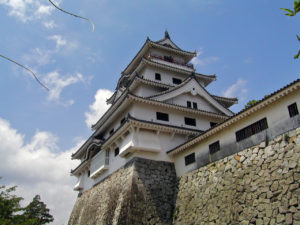 |
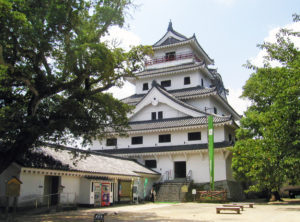 |
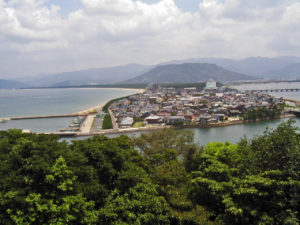 |
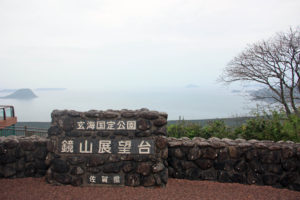 |
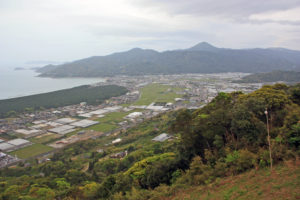 |
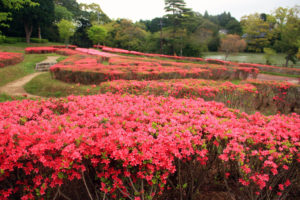 |
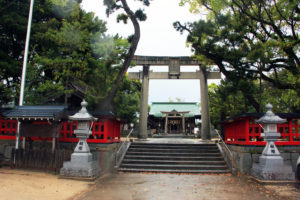 |
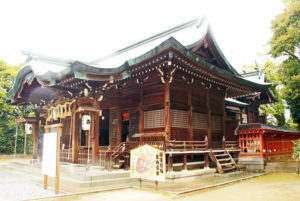 |
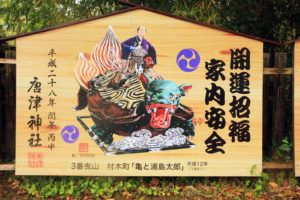 |
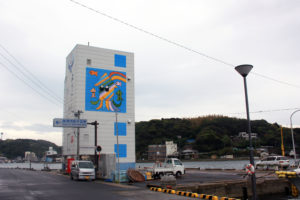 |
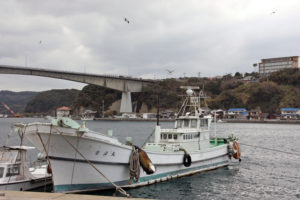 |
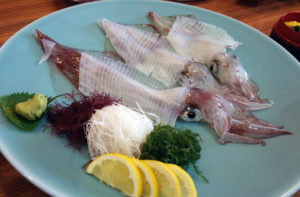 |
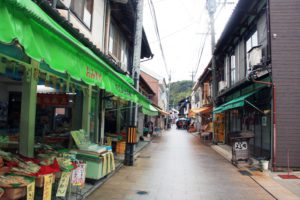 |
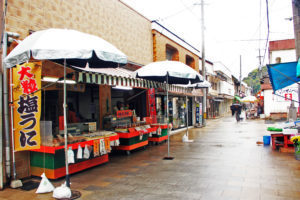 |
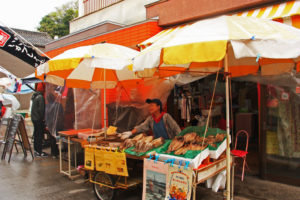 |
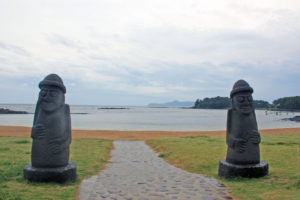 |
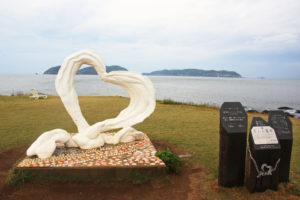 |
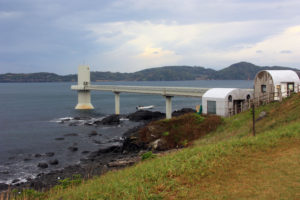 |
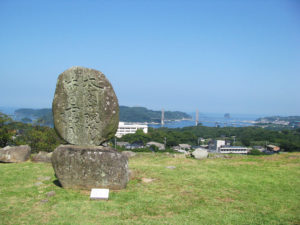 |
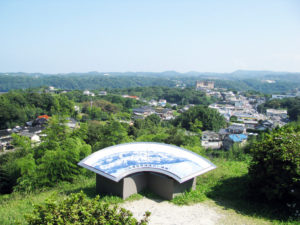 |
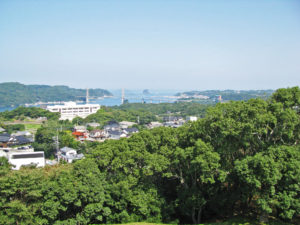 |
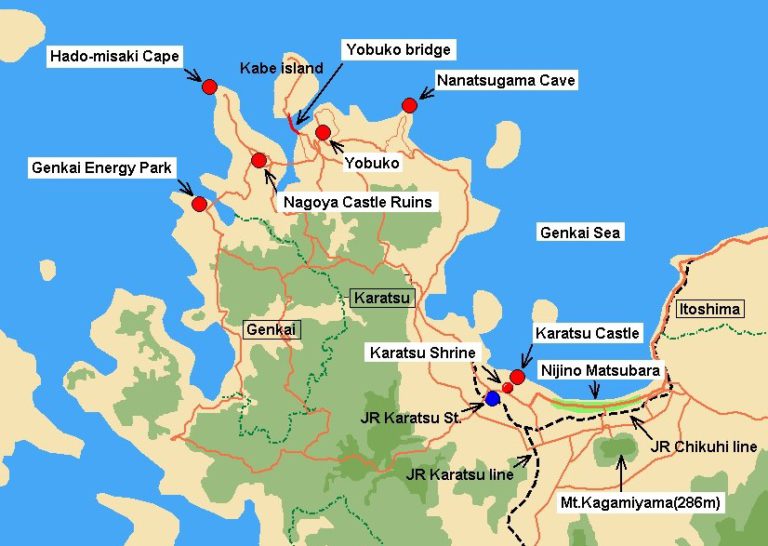
Takeo, in Saga-prefecture
Takeo is a Onsen Resort, located west of Saga–city, and has 1200 years history.
The hot spring temperature is 18 to 52 degrees. Spring quality is smooth with alkaline
simple hot spring. It is said that the color is colorless and transparent and has an
outstanding effect on recovery from fatigue. The landmark of Takeo Onsen. Romon
Gate, which was designed by a renowned architect in the Meiji Era, Kingo Tatsuno,
and is at the entrance of the Onsen area.
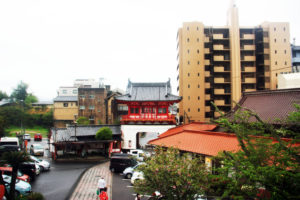 |
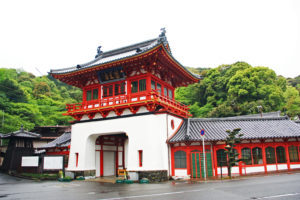 |
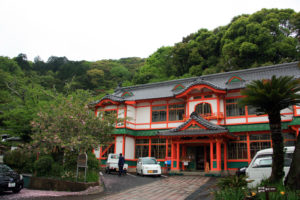 |
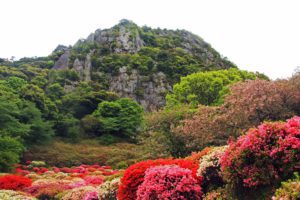 |
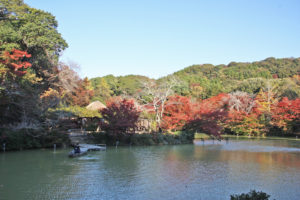 |
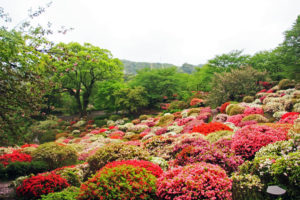 |
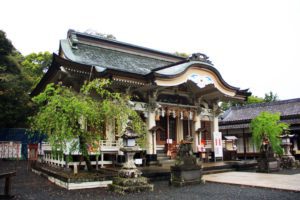 |
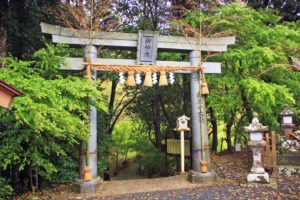 |
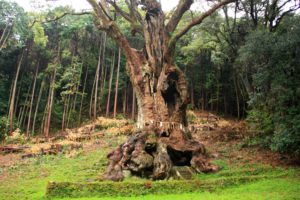 |
Population : 47,000 people, Population density : 240 people / km2
Saga, in Saga-prefecture
Saga is located in the Saga Plain where is spreading from the foot of Mt. Seburi.
And southern part of Saga is facing to Ariake Bay.
There is the Yoshinogari Remains where rice cultivation first began in Japan
2400 years ago.
And the place made a great contribution to the Japanese Industrial Revolution as
the starting place of industrialization.
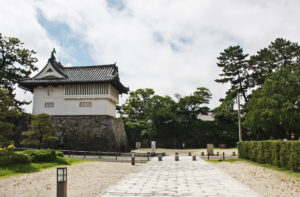 |
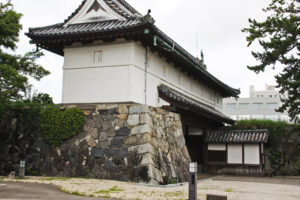 |
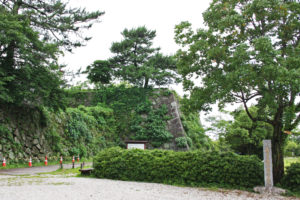 |
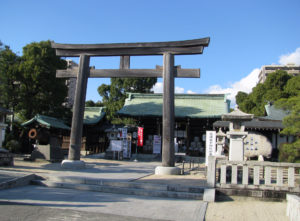 |
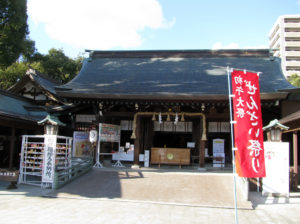 |
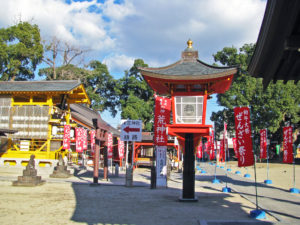 |
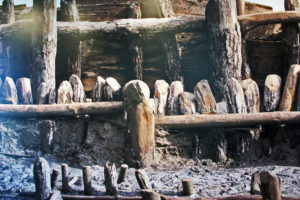 |
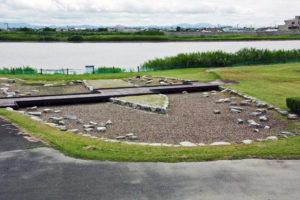 |
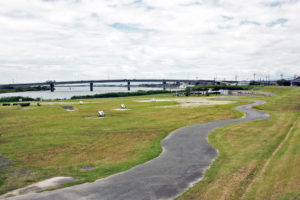 |
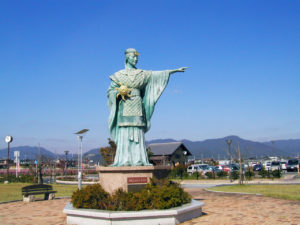 |
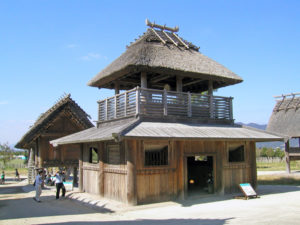 |
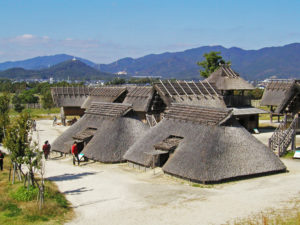 |
Population : 229,000 people, Population density : 530 people / km2
Kunisaki Peninsula, in Oita-prefecture
Kunisaki Peninsula is a rural area located on the north-east side of
Oita-prefecture. It is especially popular for it’s onsen, and trekking, and
the local cuisine can be enjoyed as well. Kunisaki peninsula began to
develop 1,300 years ago as a sacred religious ground influenced by
local mountain and nature worship.
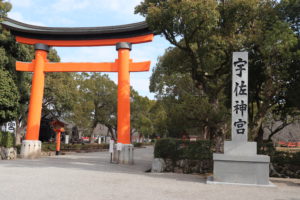 |
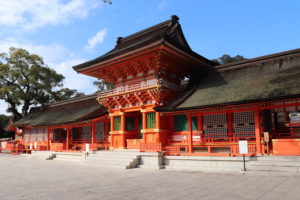 |
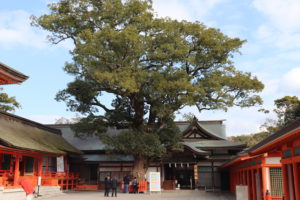 |
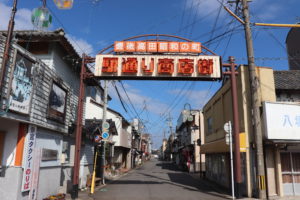 |
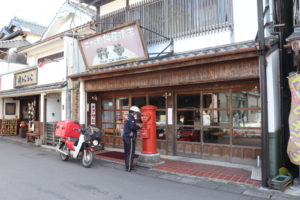 |
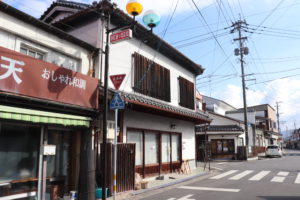 |
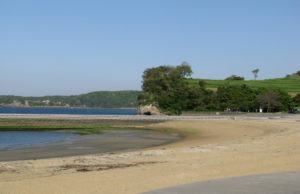 |
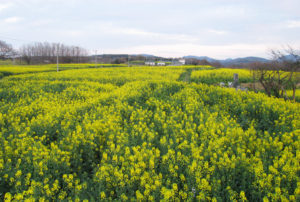 |
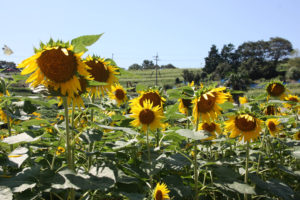 |
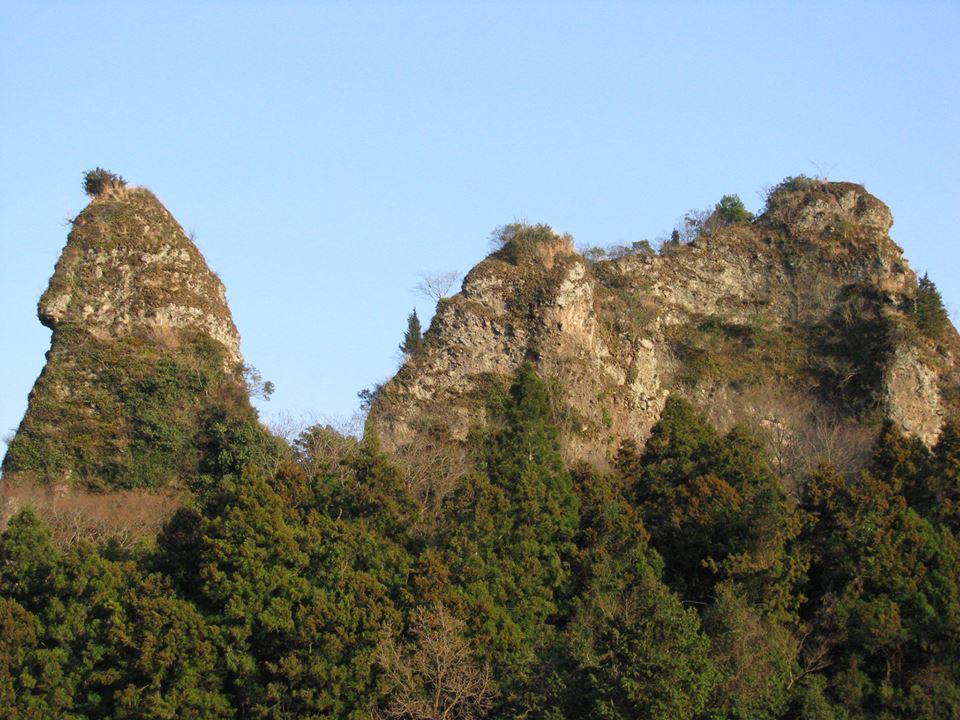 |
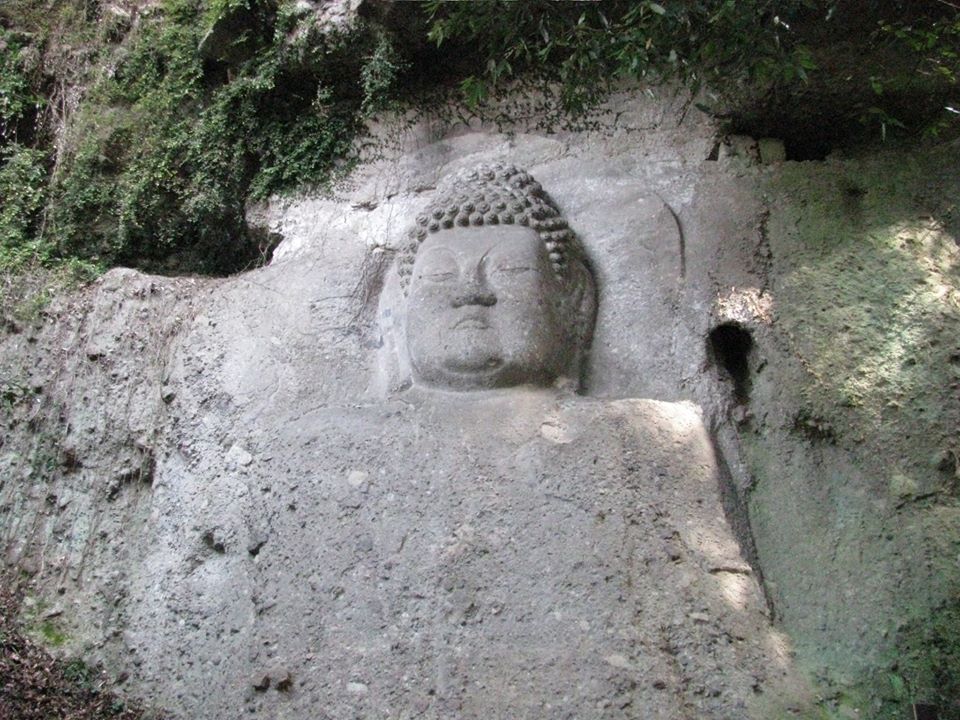 |
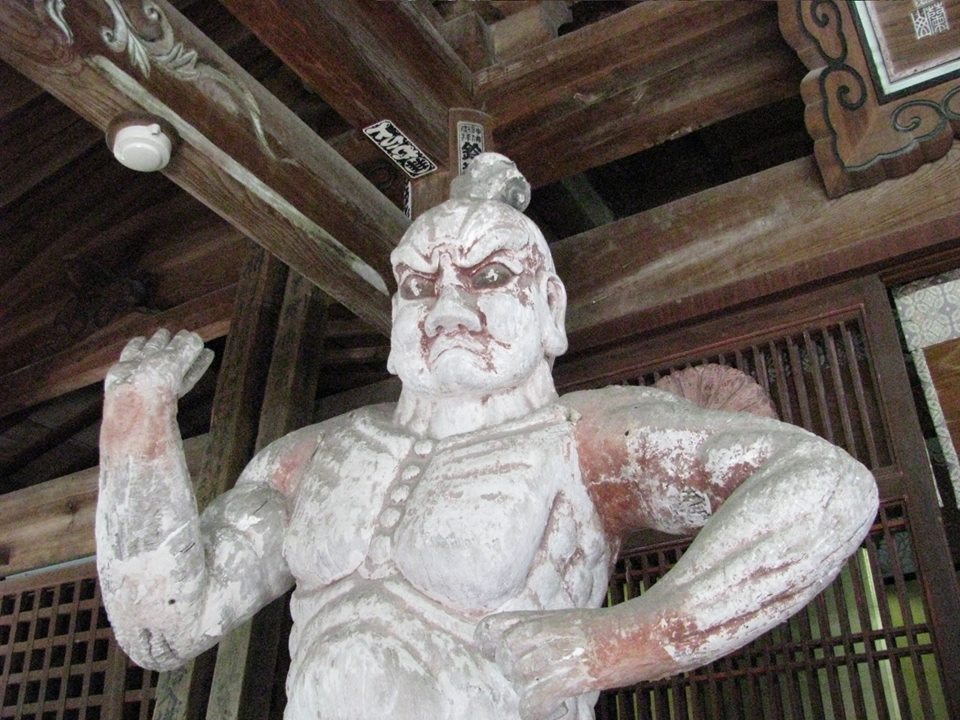 |
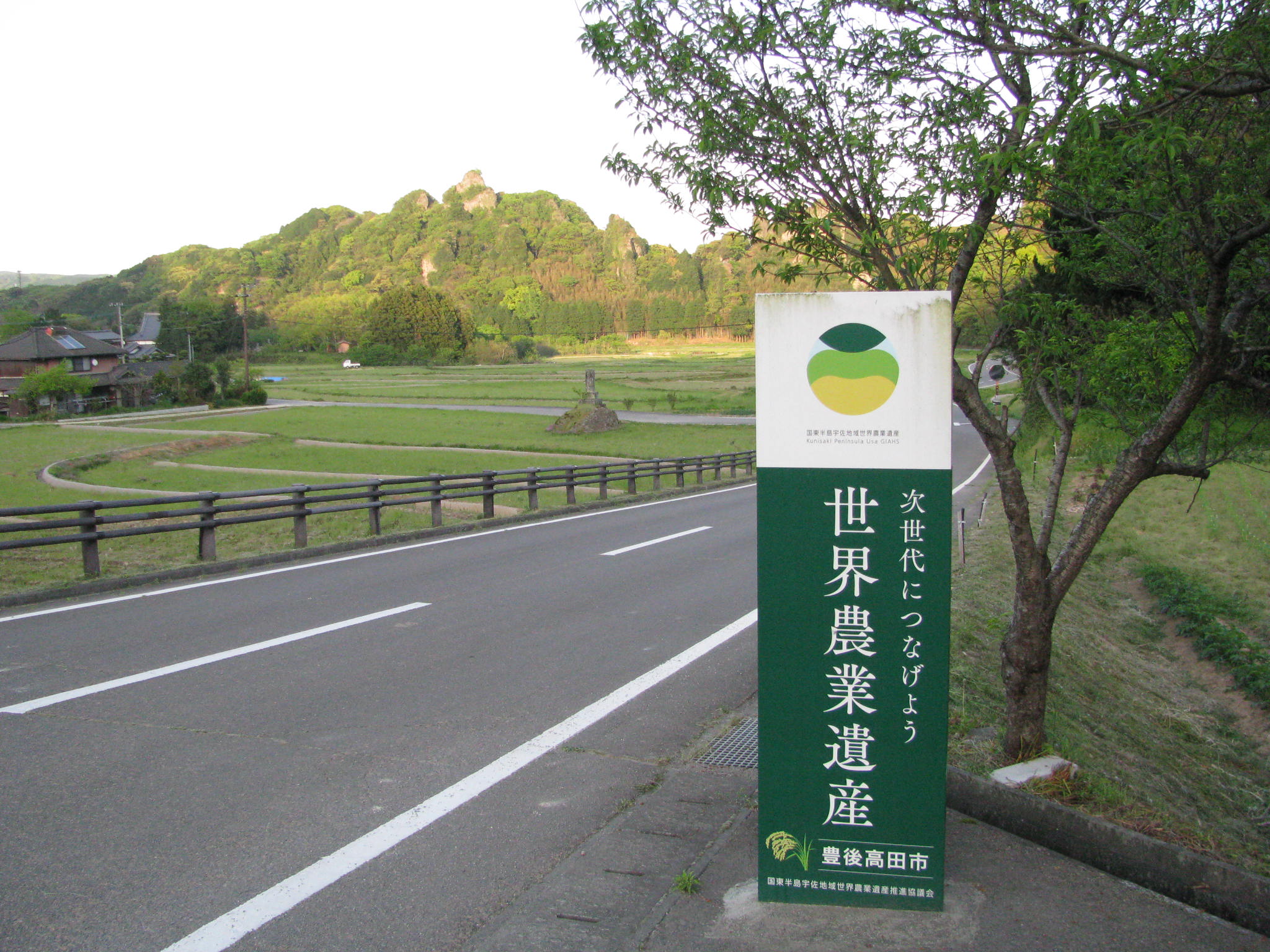 |
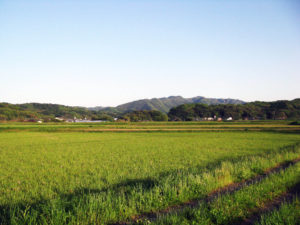 |
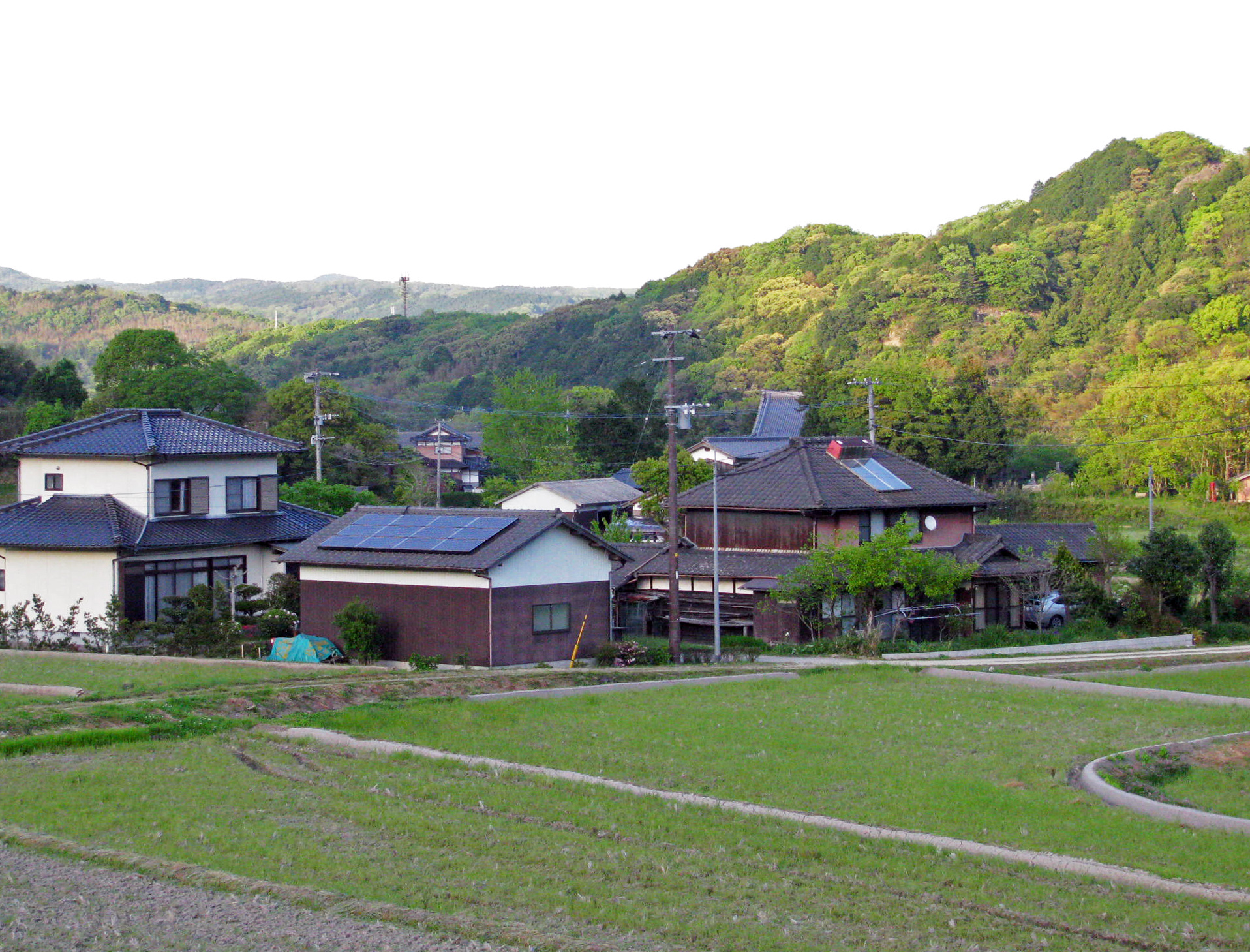 |
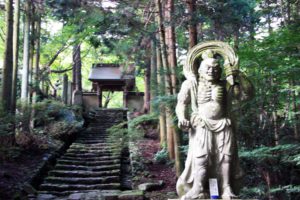 |
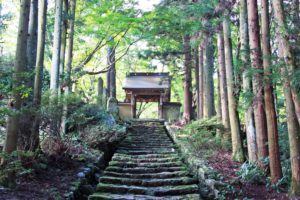 |
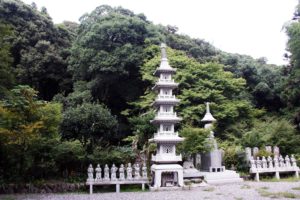 |
Amakusa, in Kumamoto-prefecture
Amakusa is situated on an archipelago consisting of several island on the
west side of Kumamoto. It possesses a beautiful lush green landscape and
natural geological formations giving the islands the designation “national
Geopark”. Marine activities such dolphin watching, boat tours, seafood &
local delicacies can be enjoyed. Amakusa also has an important historical
significance to Christians.
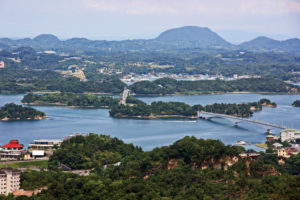 |
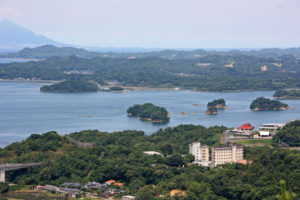 |
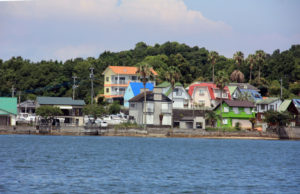 |
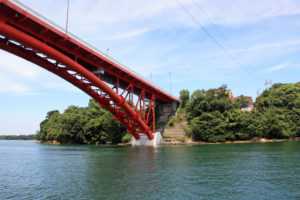 |
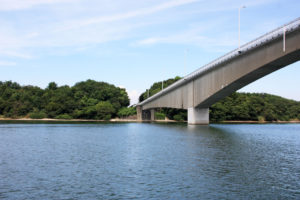 |
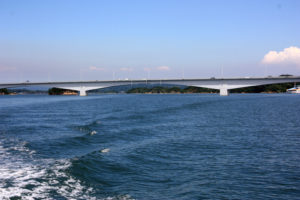 |
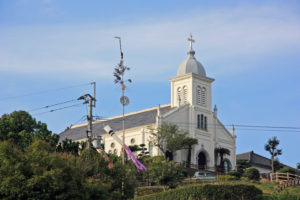 |
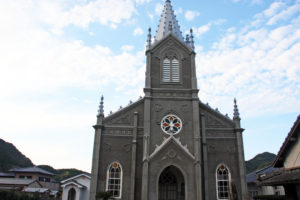 |
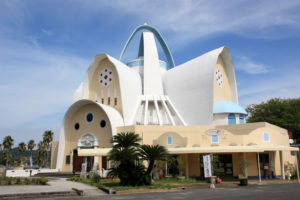 |
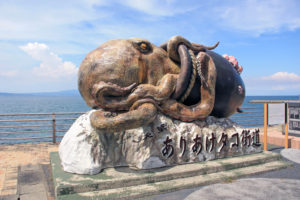 |
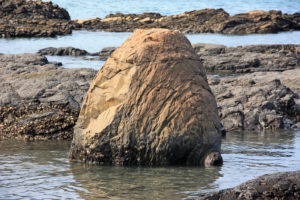 |
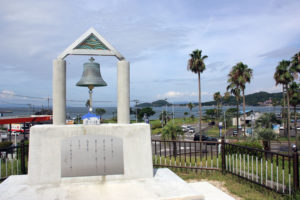 |
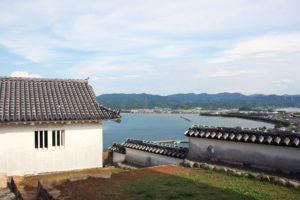 |
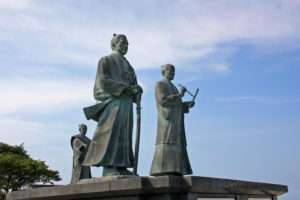 |
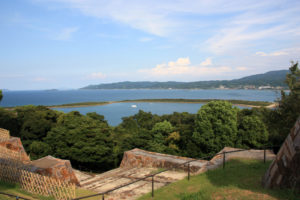 |
Population
Amakusa-city : 70,500 people, Kami-Amakusa-city : 22,500 person, Reihoku-machi : 6,400 people
Hitoyoshi, in Kumamoto-prefecture
Hitoyoshi is a castle town once prosperous as a river port, and boasts the ruins of the
Hitoyoshi castle and Hitoyoshi Onsen.
The Hitoyoshi Onsen is the collective name for 30-add hot springs including Sagara
Onsen, all of which are supplied with hot water from sources around Hitoyoshi Station
and in the basin of Kuma-gawa River.
The most exiting thing in Hitoyoshi is Kumasawa-kudari that is riding on a boat maneuvered
by a master polar down the Kuma-gawa River, one of the three fast streams in Japan.
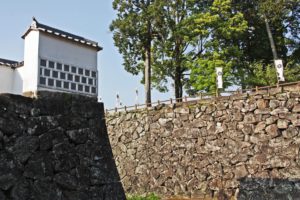 |
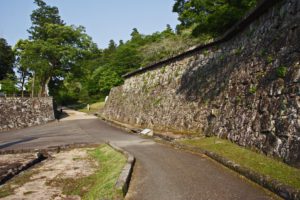 |
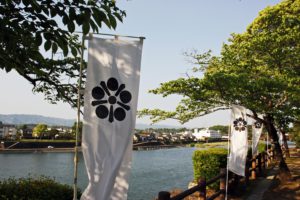 |
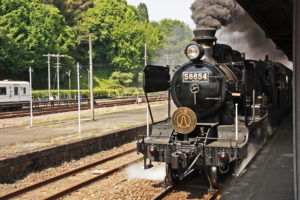 |
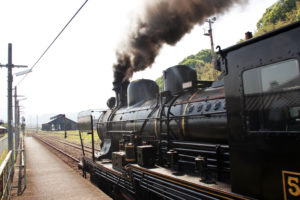 |
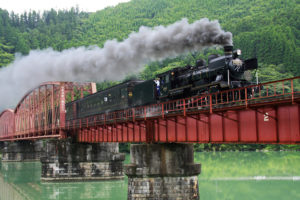 |
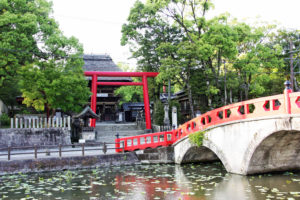 |
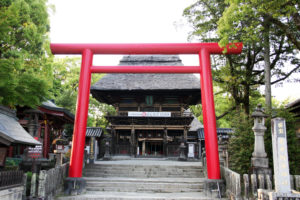 |
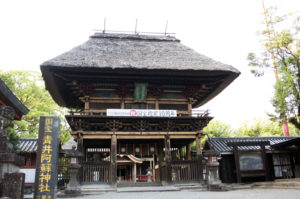 |
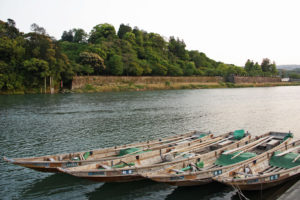 |
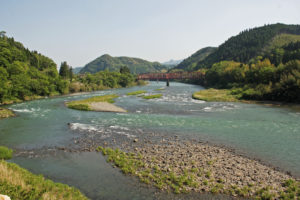 |
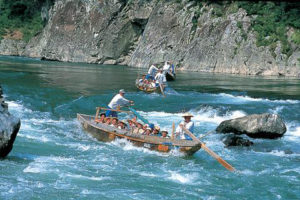 |
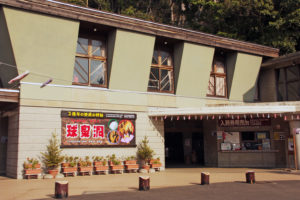 |
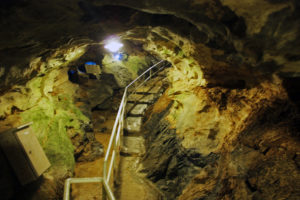 |
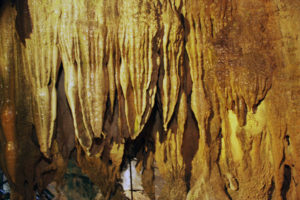 |
